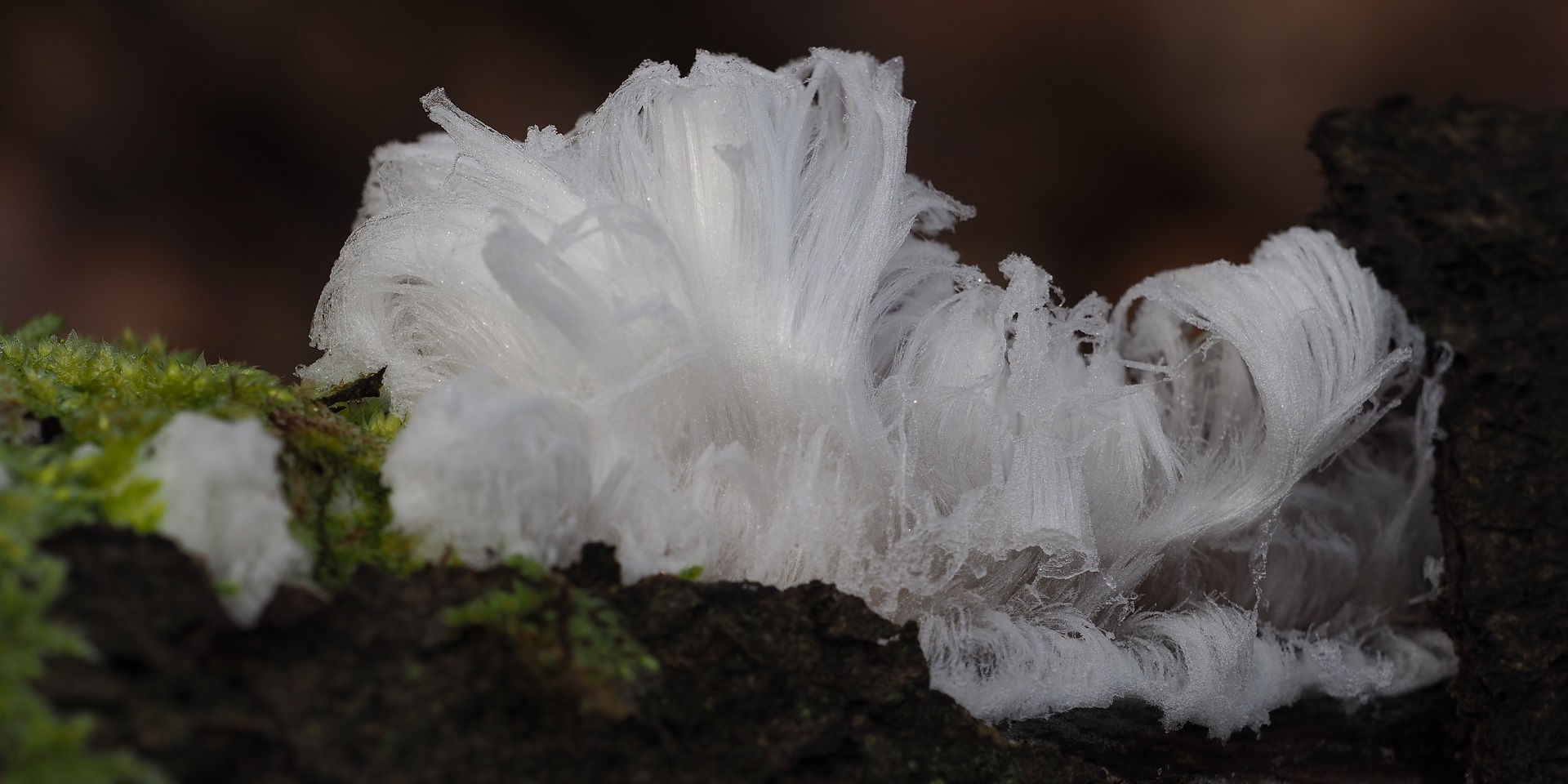-
Posts
23,466 -
Joined
-
Last visited
-
Days Won
3
Content Type
Profiles
Forums
Classifieds
Tip Site Directory
Blogs
Articles
News
Arborist Reviews
Arbtalk Knot Guide
Gallery
Store
Calendar
Freelancers directory
Posts posted by David Humphries
-
-
-
Might be Aurantiporus fossilis, did you manage to check the flesh and tube layer?
-
1 hour ago, Patrick goulding said:
Is this a bad fungus is it killing the tree? Or has the tree got a problem and it’s feeding off of that. I found another tree the same day with the same fungus on that was also a oak tree thanks.
This species of fungi is indicative of an area of dysfunctional wood volume. It will not have caused the dysfunction, but will create a brown rot which will take advantage of the available dehydrated wood. The dysfunction is likely caused by an environmental factor producing a suboptimal condition for the tree to thrive.
If that situation continues then the outer living shell of functional wood will diminish and not provide enough structural wood to withstand load and force which may end with whole or part tree failure.-
 1
1
-
-
Lovely Laetiporus example
-
-
Last couple of days at work (Hampstead Heath, north London)
Laetiporus on dead oak, Meripilus giganteus on live beech, anamorphic stage of Fistulina hepatica on live oak, Neolentinus lepideus on conifer sleepers, Inonotus hispidus on live weeping ash, Gymnopus fusipes on live hornbeam, Cerioporus squamosus on dead something or other & Fomes on dead oak branch.-
 5
5
-
-
On 06/08/2022 at 20:46, JLA1990 said:
Difficult to be sure at that resolution. A clearer image of the pores would be useful.
They could be I. hispidus, but wouldn’t rule out Cerioporus squamosus.
-
Looks likely to be a soil/root issue on the roadside of the tree, with associated branches becoming dysfunctional. Trees will eventually struggle in an urban grass environment. If the tree is valued consider losing the grass from underneath the canopy and increase the width of the mulch and (if used) reduce the use of fertilisers/weed killers around the trees.
-
Can you show us images of the whole tree in context with its surroundings?
Is there any recent history of soil change around the tree ?
-
This is a resupinate crust fungi, something like Basidioradulum radula (toothed crust)
It is a saprobic fungi, feeding on dead wood and not the primary reason for the tree declining. It is spreading in to dysfunctional wood.
There will be another agent of decline occurring, like a soil issue (successive drought, water logging, compaction, contamination) Or an airborne pathogen. This in turn will lead to sections of the tree shutting down and then possibly the whole teee dying.
-
 5
5
-
-
May just be something like Hypholoma rather than oak poly if they are all the same and have gills
-
Do the fruit bodies behind the main specimen in he last image look to have gills?
-
48 minutes ago, slack ma girdle said:
Trying to I.D this with the help of @David Humphries book, but i can not work it out any thoughts .
Also is the last picture Oak Polypore. I photo'ed It a couple of years ago, and haven't I.D it. Whilst looking through the book it looks very similar.
Red colour on the pore surface is likely a parasitic fungi attacking the surface of its host (what tree are those associating with?) The last be may well be Buglossoporus quecinus if it’s with oak and defiantly is a polypore and not a forming mushroom type with gills or Bolete type with pores? I’ve seen oak poly split like this. Can you remember which month yo photographed that one?
-
-
-
-
21 minutes ago, Stubby said:
I know this one ! Crested Caracara ?
Yep
-
 1
1
-
-
-
If it’s a perennial bracket type, worth considering Rigidoporus ulmarius
-
Pollen cones
-
 2
2
-
-
Subtle 🙂
-
Hair Ice, nice find !
 Hair Ice
Hair Ice
Hair ice is a rare type of ice formation where the presence of a particular fungus in rotting wood produces thin strands of...-
 2
2
-
 1
1
-
-
-
2021 has been a cracking year for me regarding all things fungi.
Found some amazing species, co-authored a book, gave some online talks & got a microscope to take identification a bit further down the road. 2022 should open up a whole new microworld of geeky myco-fascination 😁🔬
Below image includes a few of my favourite finds this year from Hampstead, Cambridgeshire, Norfolk & Suffolk. Some already known, some new to me.
Species l-r are Silky rosegill (Volvariella bombycina), Summer truffle (Tuber aestivum), Eyelash fungus (Scutellina scutellata), Bilious Bolete (Rubroboletus legaliae), Earpick fungus (Auriscalium vulgare), Fluted Birds nest (Cyathus striatus), Golden Scaly Cap (Pholiota aurivella), Parasitic Bolete (Pseudoboletus parisiticus) & Scarlet Elfcup (Sarcoscypha austriaca)
Further images can be seen @ https://www.instagram.com/tree_myco_man/
-
 8
8
-































Tis the season to see Fungi, fa la la la la....
in Fungi Pictures
Posted
Last couple of days at work in north London, the rains have kick started the season